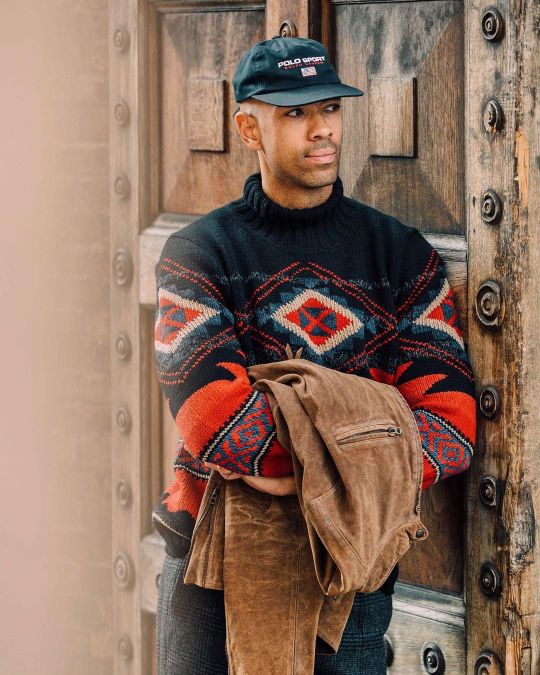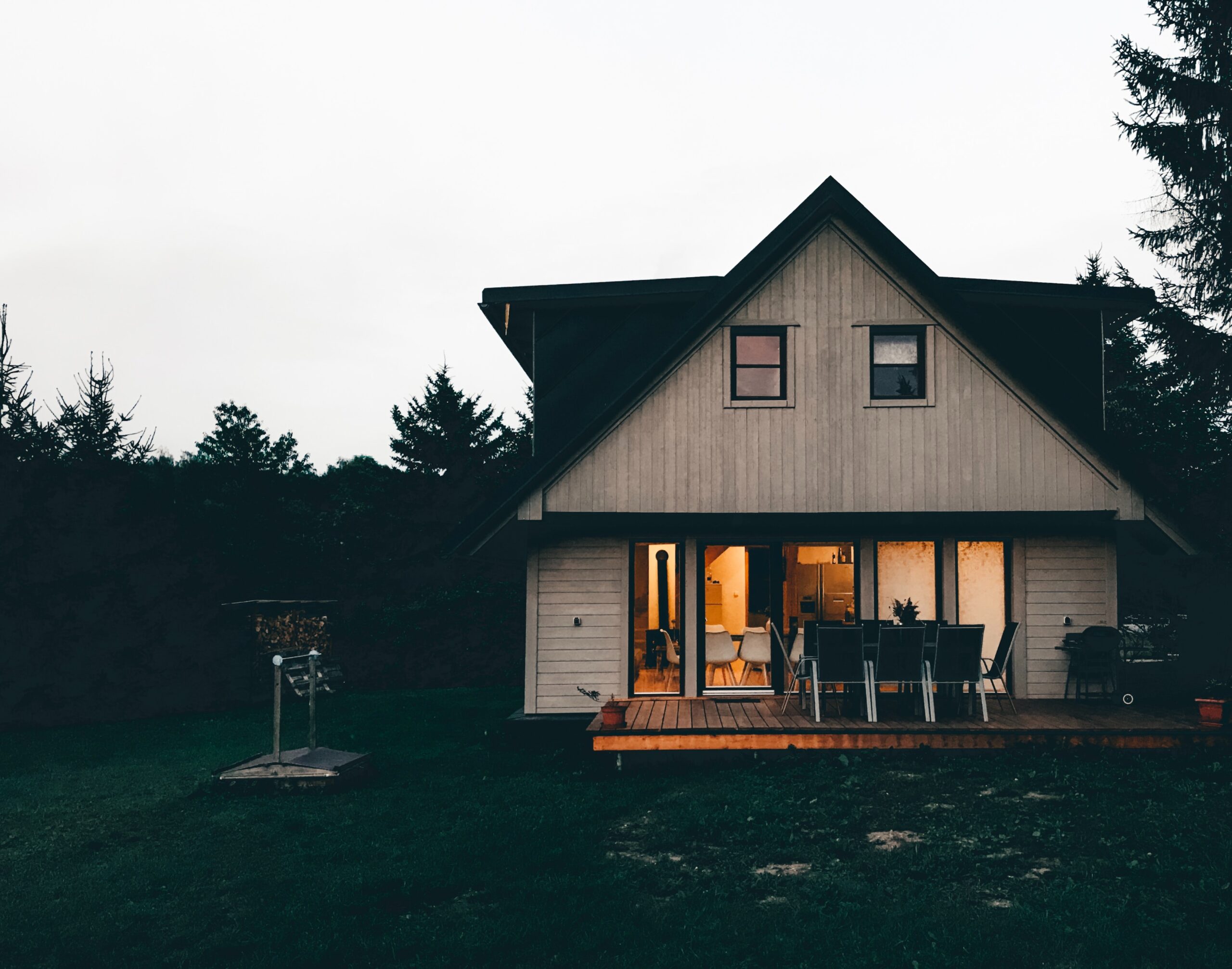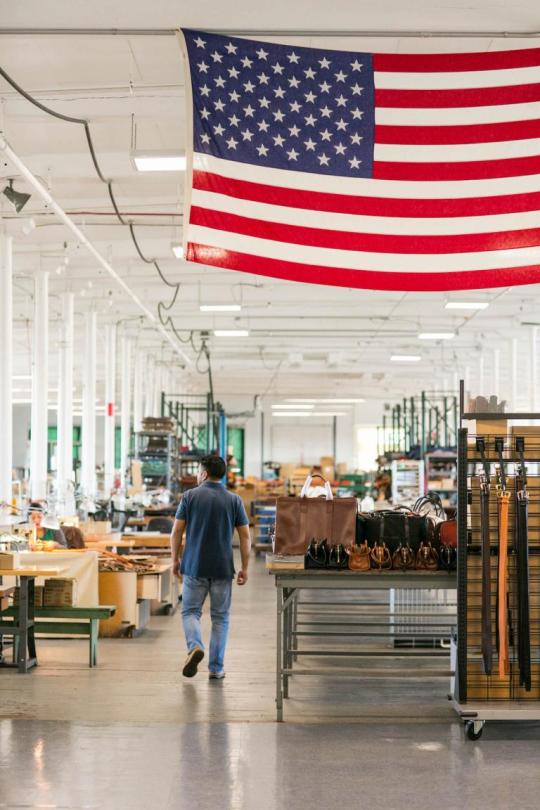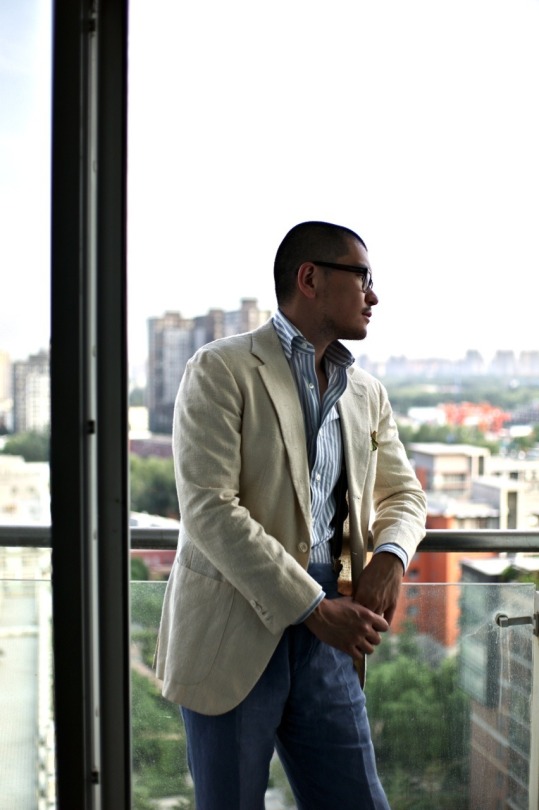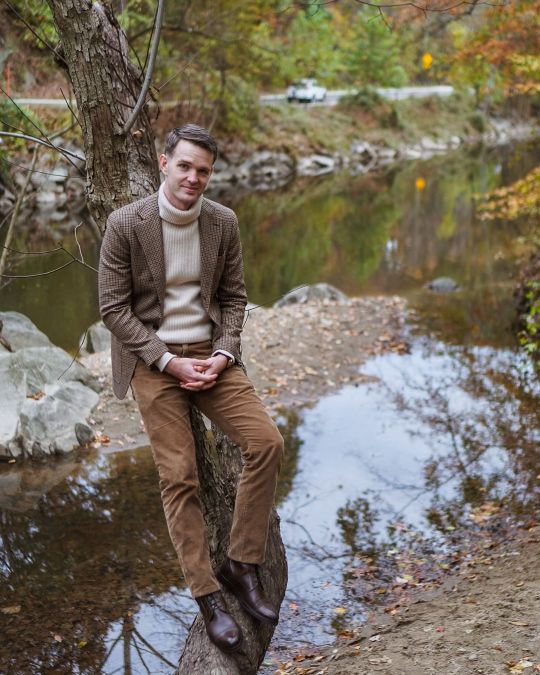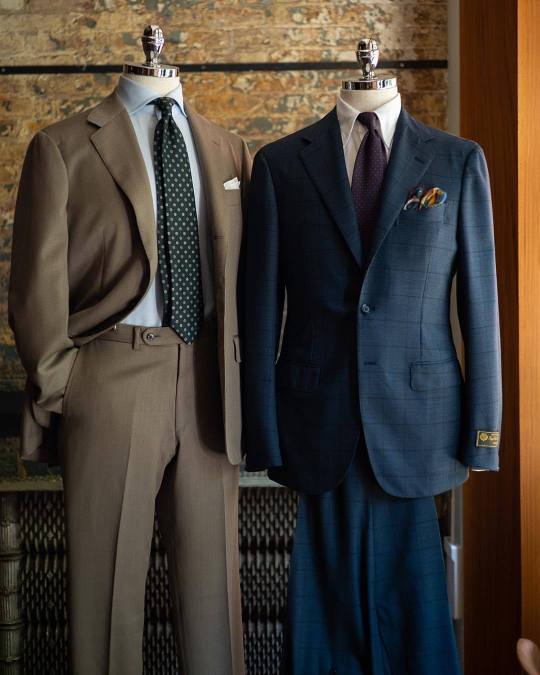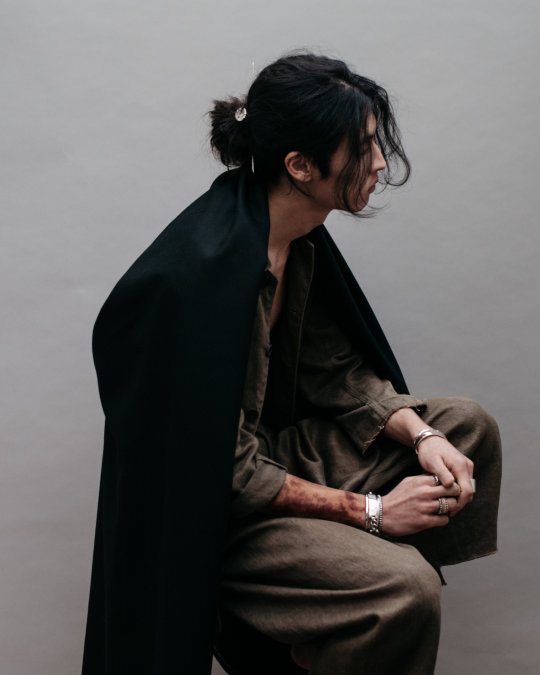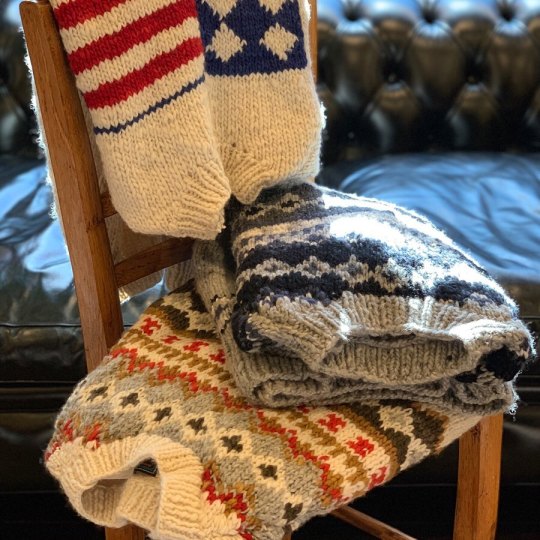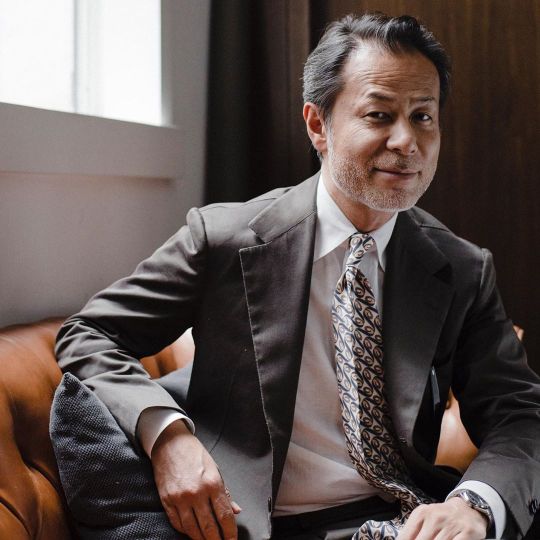Why Fashion Still Means Something
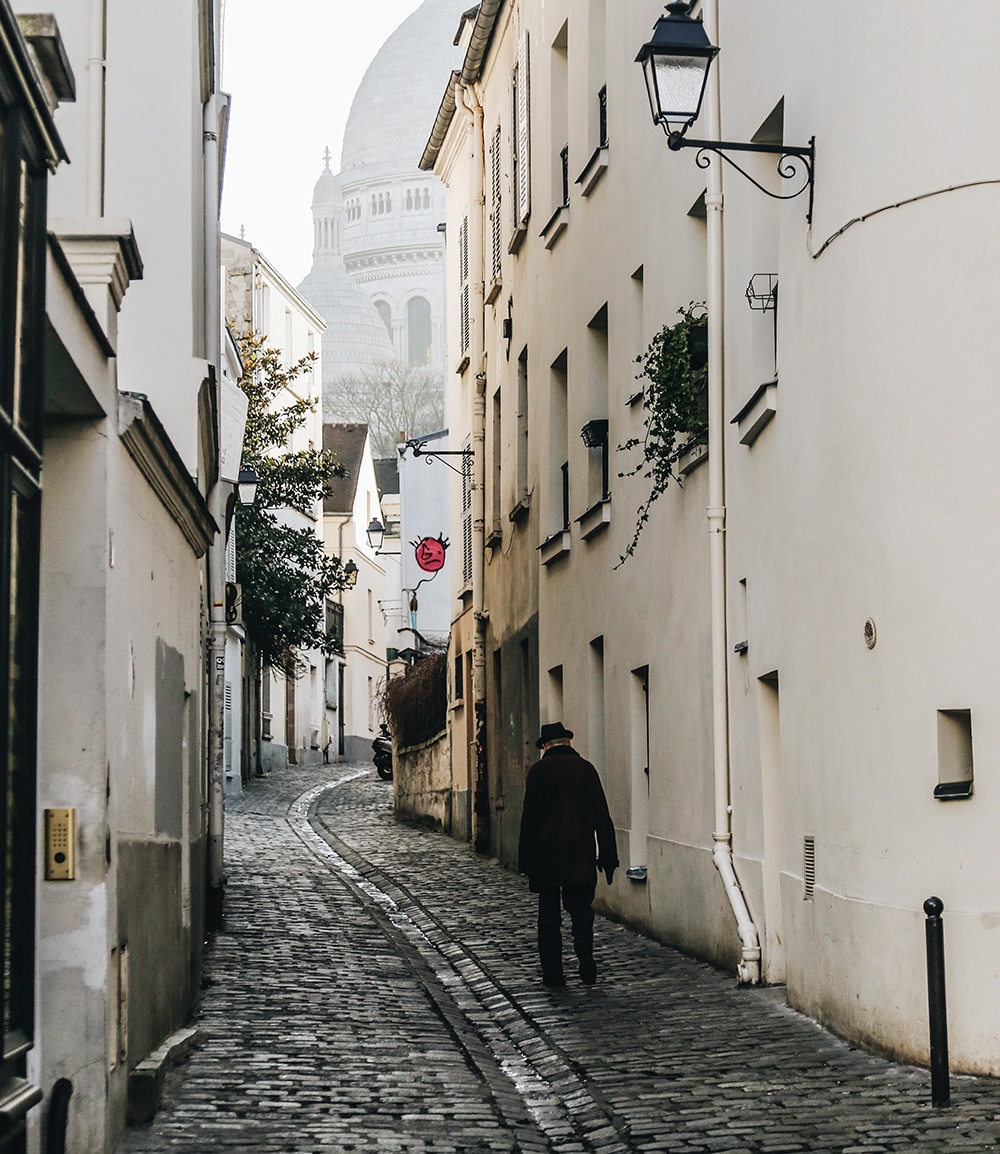
On the morning of June 14th, 1940, Parisians woke up to the sound of a German-inflected voice telling them, in French, that they were not to leave their buildings. The German Army was invading Paris, first entering from the Porte de La Villette and making their way towards the city's center by way of Rue de Flandres. Soon, German soldiers took over the main intersections, while tanks rumbled down Champs Elysees. By the time of the invasion, nearly two million Parisians had already fled for the countryside and south of France. But among those still trapped in the capital, millions more despaired as they watched a giant swastika flag being hoisted underneath the Arc de Triomphe. That evening, the German Army imposed a curfew from nine in the evening until five in the morning. At night, the city went dark. This was the beginning of life in occupied Paris.
The occupying Germans had big plans for French industry. For generations up to this point, Savile Row had been the center of men's tailoring, while Paris was the heart of haute couture. It's said that a single dress from a leading French courtier at this time was the equivalent of "ten tons of coal," while a liter of fine French perfume was worth "ten tons of petrol." Germany, however, wanted to relocate French haute couture to the cities of Berlin and Vienna. To achieve this, they set up administrative offices back home, introduced subsidies for German manufacturers, and demanded that leading French fashion figures move to Berlin, where they were to help establish dressmaking schools.
Fashion isn't just crucial to the French economy; it's central to the French identity, so many in the trade protested. So many in the trade protested. Lucian Lelong, president of French couture's governing body, Chambre Syndicale de la Couture Parisienne, defiantly declared that "couture is in Paris or it is nowhere." And even as the German government imposed humiliating rationing standards — transforming the French economy to serve Germany needs, first by shipping away food, then clothing, and finally coal — many Parisians found ways to boost their morale. Ingenious French women wore hats made from blotting paper or newspapers — sometimes cleverly designed to signal their political allegiances — and blouses cut-and-sewn from parachutes. Young French men known as les zazous sported billowing zoot-suit-esque fashions to provoke the Vichy government. In her book Fashion Under Occupation, Dominique Veillon quotes one of the workers at Reboux, the largest milliner in Paris at the time, who described the attitude of her fellow workers:
Keep reading
